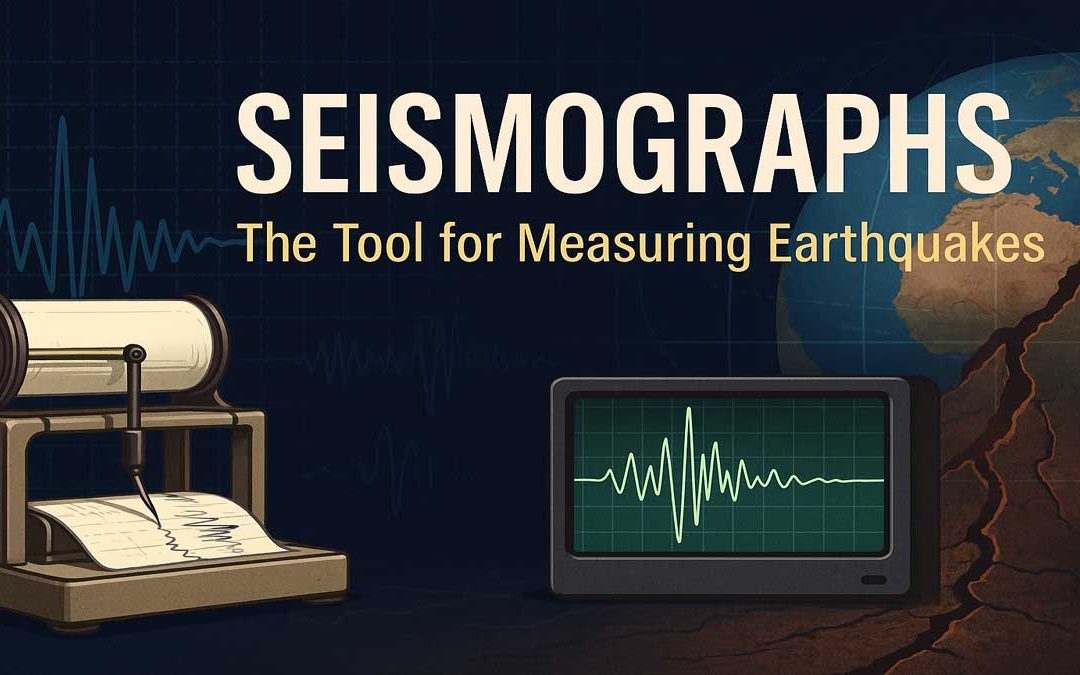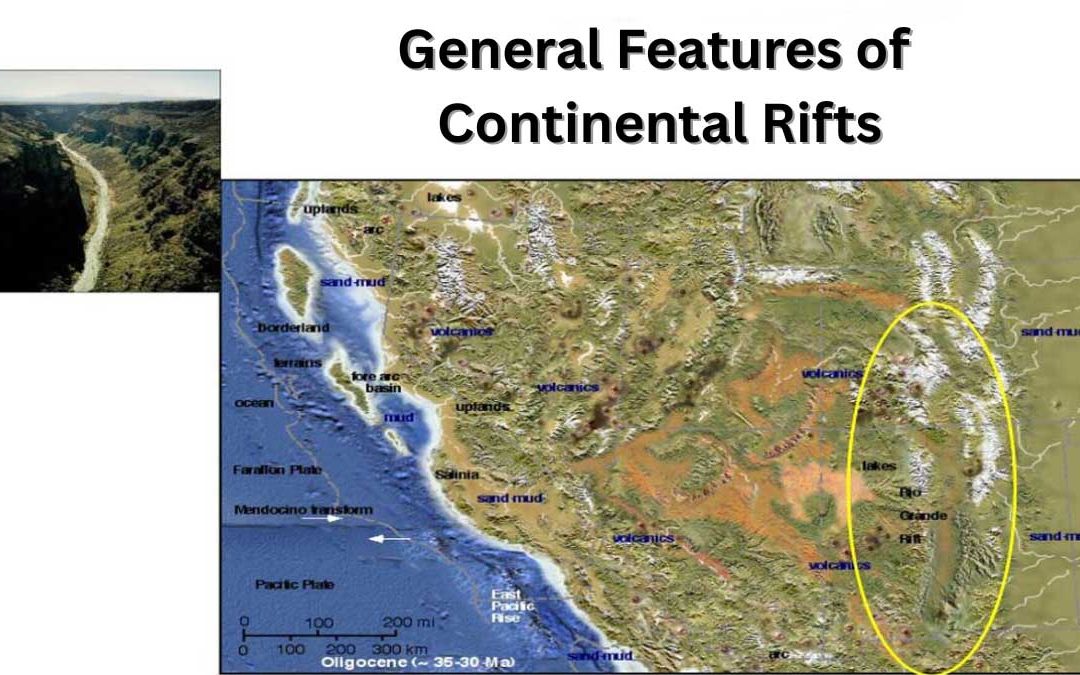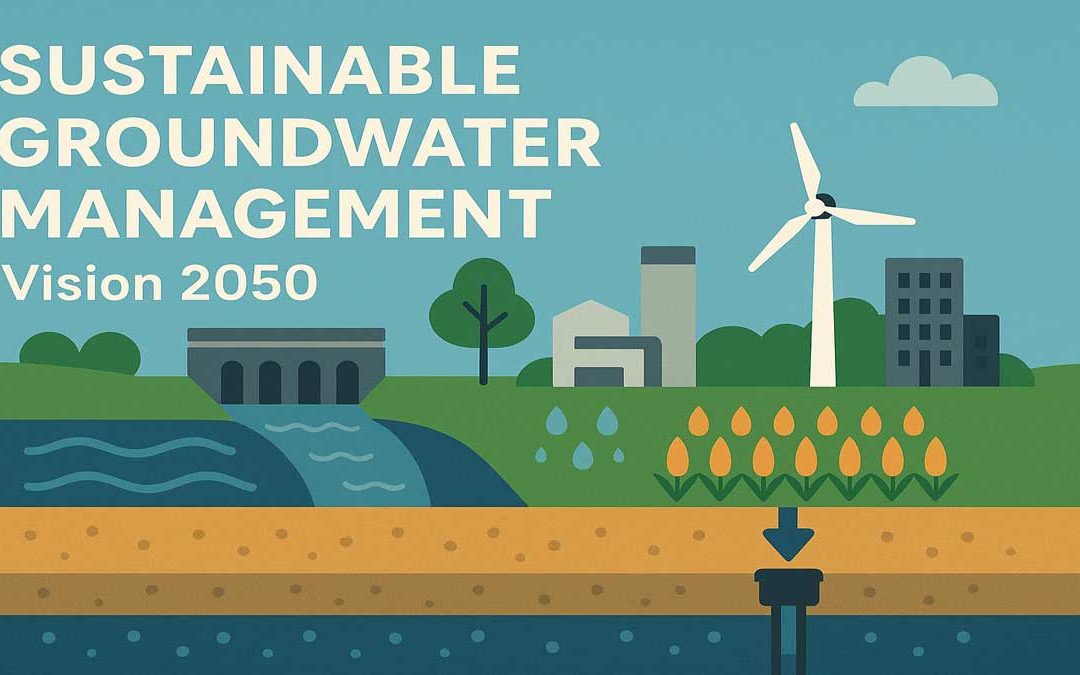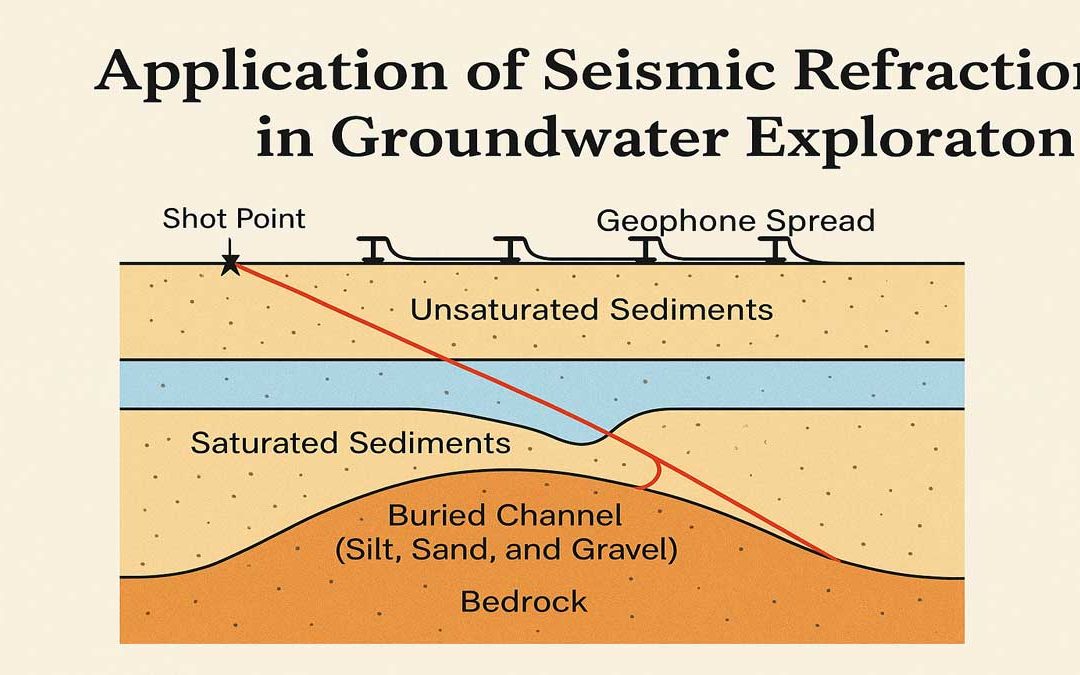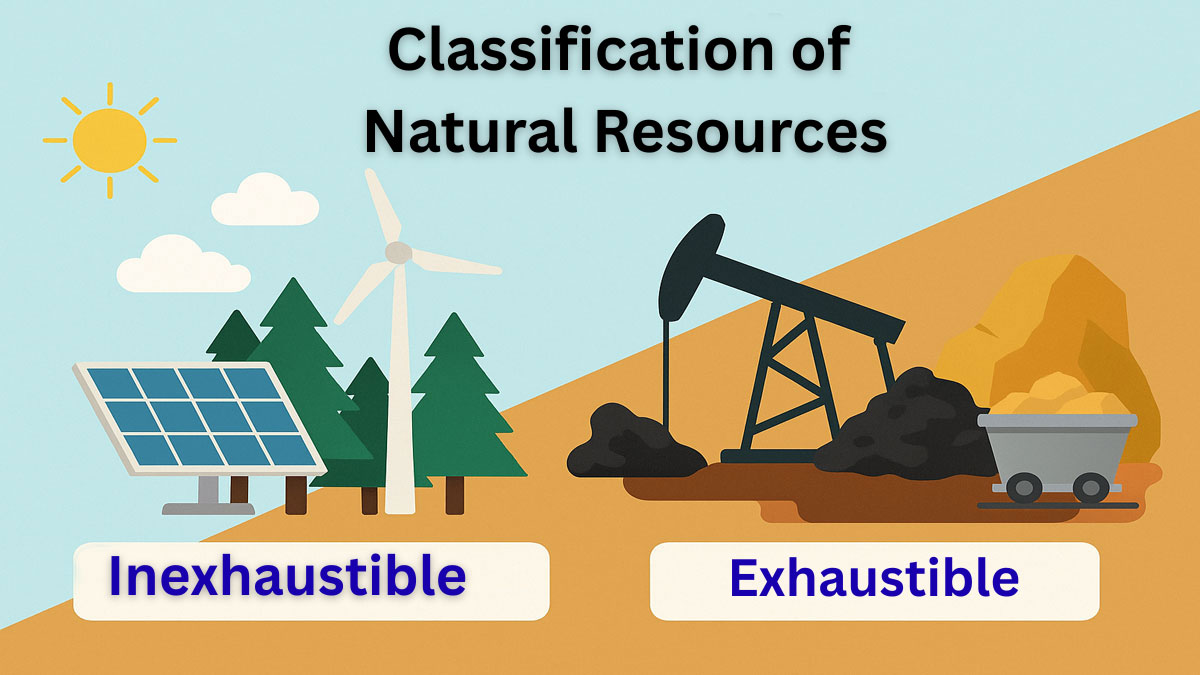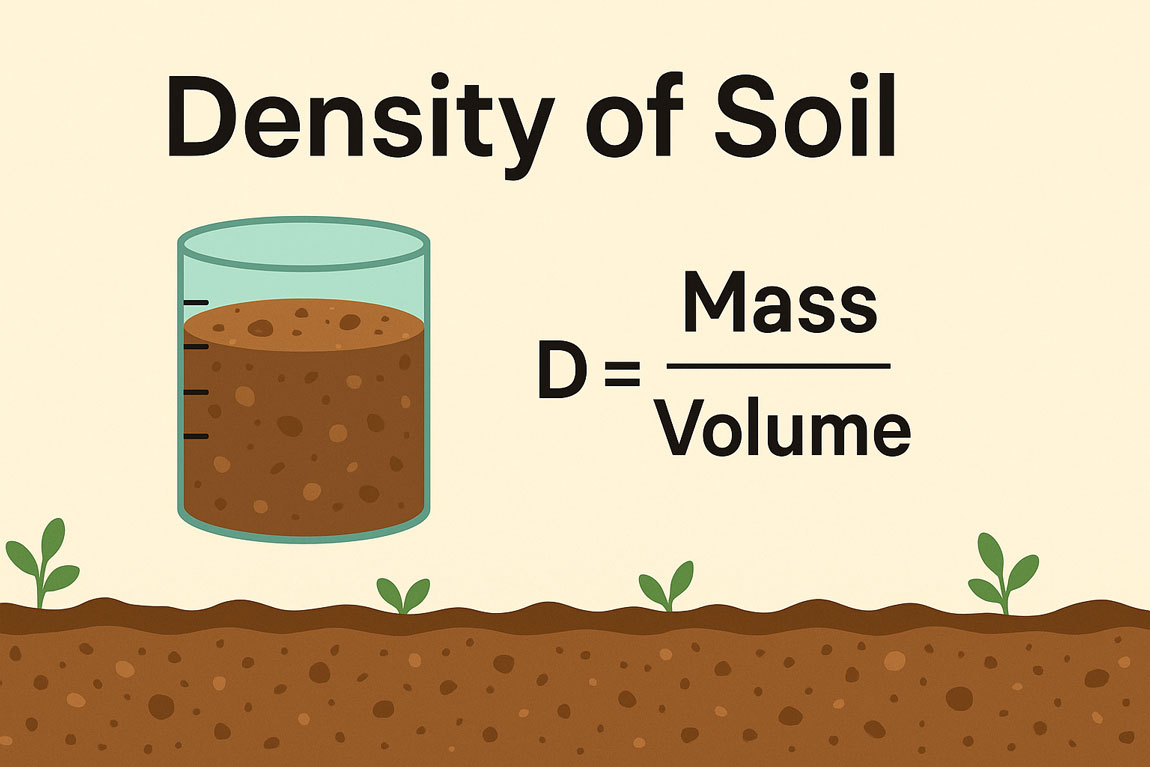
by Gelogia Team | Jun 20, 2025 | Physical Geology & Geomorphology
A seismograph is an essential device used by scientists to measure and record earthquakes. By understanding how seismographs work, we can better interpret seismic activity and improve earthquake preparedness. How Does a Seismograph Work? A seismograph is the device...

by Gelogia Team | Jun 19, 2025 | Physical Geology & Geomorphology, Structural Geology
Continental rifts are geological zones where the Earth’s crust is stretched and broken, forming deep fault-bounded valleys. These structures play a key role in understanding plate tectonics, continental breakup, and the formation of new ocean basins. This...

by Gelogia Team | Jun 18, 2025 | Hydrology
Bangladesh heavily depends on groundwater for irrigation, drinking water, and industrial uses. However, overextraction, pollution, and poor governance have put this vital resource at risk. To protect water security for future generations, sustainable groundwater...

by Gelogia Team | Jun 18, 2025 | Hydrology
Over the last six decades, groundwater has served as the primary source for domestic, irrigation, and industrial uses in Bangladesh because of its year-round availability and generally good quality. Groundwater abstraction increased significantly, primarily driven by...

by Gelogia Team | Jun 17, 2025 | Hydrology, Physical Geology & Geomorphology
Application of Seismic Refraction Measurements in Groundwater: Mapping of Buried Channels using Seismic Refraction: The most common use of the seismic method in hydrogeology is the determination of the thickness of sediments overlying non-water-bearing consolidated...
